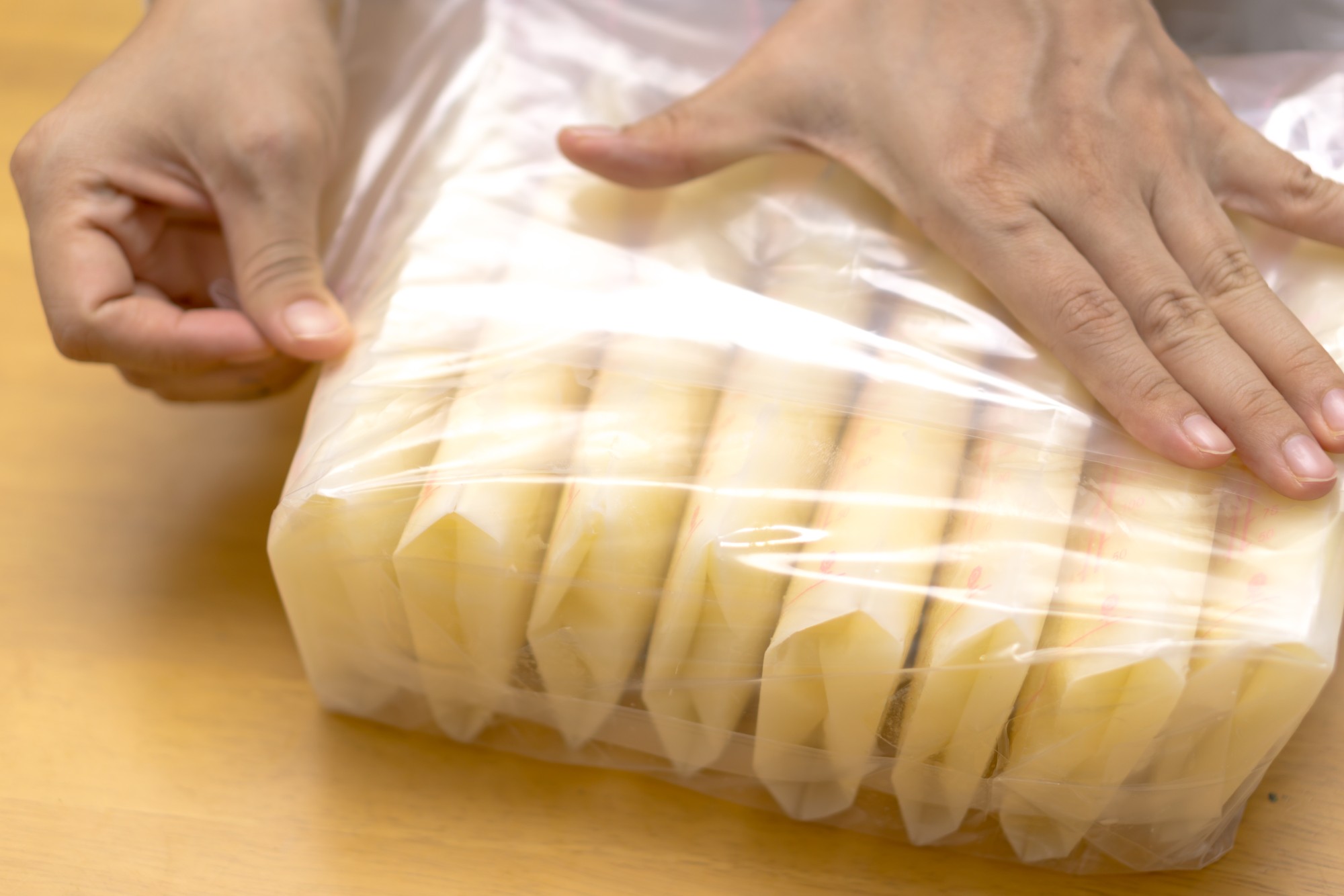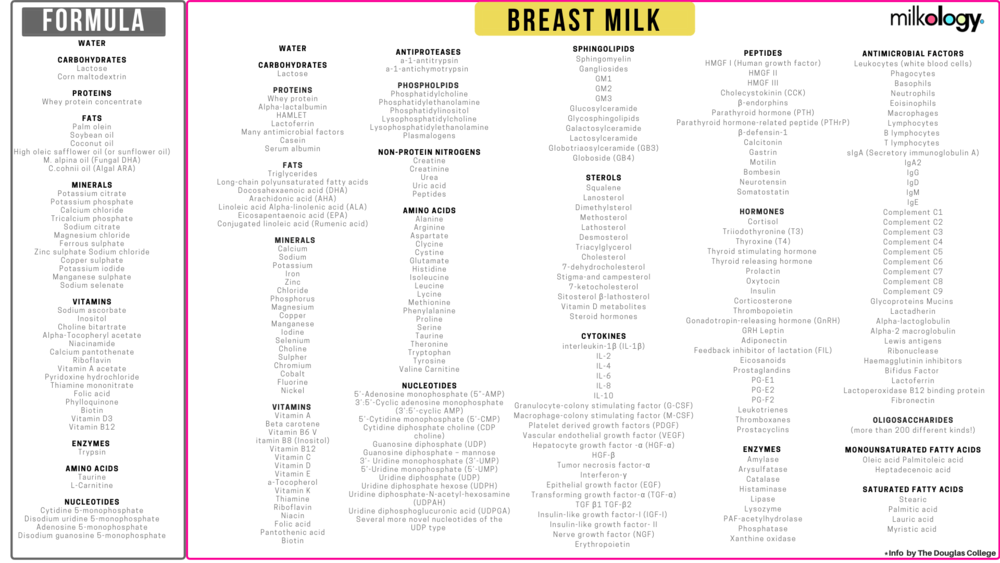
- Breast milk contains ingredients that kill cancerous cells.
- Your body identifies bacteria and viruses found in your baby’s body and environment. You then produce antibodies specifically tailored for those infections and deliver them to your baby through your breast milk. The more breast milk she drinks, the more antibodies she receives.
- Breast milk appears to switch on a gene in your baby’s body, which produces a hormone called Leptin. This hormone tells your baby when his tummy is full, protecting him against overeating.
- Breast milk contains Oxytocin, a hormone that induces relaxation, and feelings of well-being in your child and in you.
- Stem Cells divide and self-renew to create and repair different organs and systems. Your breast milk contains stem cells. These are cells that create and repair the body. These cells are absorbed by the baby, but their function remains unknown. Stem cells are being researched worldwide to cure conditions like Alzheimer’s and diabetes.
- Breast milk has millions of microbes (bacteria, viruses and fungi) that are critical to preventing babies from suffering diseases and other acute infections later in life (ear infections, meningitis, urinary tract infection, asthma, type 1 diabetes and obesity).
- Breast milk improves intestinal barrier function by increasing mucous which acts as a shield for the baby.
- Breast milk “teaches” the immune system, showing it good bacteria from the bad.
- Breast milk produce anti-inflammatory substances which keeps the gut alive and thriving.
- Breast milk aids digestion by determining how much fat a baby stores while breaking down sugars and proteins.
- Breast milk is often used topically to treat infections like pink eye, rashes, stretch marks, and eczema.
- Immune-compromised people, retired firefighters, and even male body builders admit to routinely purchase breastmilk, naming it the “greatest supplement ever”.
- People in European countries leave their breastmilk out all day and allow it to ferment, and then feed it to their older infants and toddlers.
- Some believe breastmilk to be Mother Nature’s archetypal probiotic (and perhaps even synbiotic) food.
- Studies on breastmilk, microbiota, microbiome, and probiotics are very new. Research for this field in America is limited due to the source of funding by most research studies being formula companies.
Read about breastmilk and formula here.





